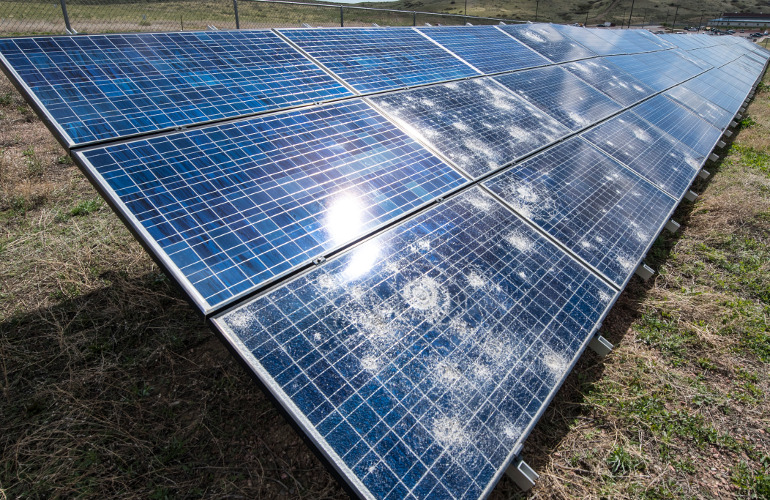Photovoltaic modules, also known as solar panels, are designed to convert sunlight into electricity. However, various factors can lead to damage and reduced efficiency in these modules. Some common causes of damage include:
- Physical Damage: Solar panels can be damaged by hail, falling debris, or other impacts. Cracks, shattered glass, or broken connections can occur, leading to reduced performance.
- Environmental Factors: Extreme weather conditions such as heavy snow, intense heat, high winds, and temperature fluctuations can degrade the performance of solar panels over time.
- Corrosion: If the module’s protective coating or sealing is compromised, exposure to moisture, salt, or other corrosive substances can lead to deterioration of the panel’s components.
- Dust and Debris: Accumulation of dust, dirt, bird droppings, and other debris on the surface of solar panels can block sunlight and reduce their efficiency.
- Electrical Failures: Issues with electrical connections, such as broken wires or damaged connectors, can disrupt the flow of electricity within the panel or from the panel to the rest of the system.
- Cell Degradation: Solar cells within the modules can degrade over time due to exposure to UV radiation and other environmental factors. This can result in reduced overall panel efficiency.
- Manufacturing Defects: Occasionally, manufacturing defects can lead to premature failure or reduced performance of solar panels.
Damaged photovoltaic modules can result in decreased energy production, which impacts the overall efficiency of a solar power system. Regular maintenance and inspection are important to identify and address any damage early to maximize the lifespan and performance of solar panels. In some cases, damaged panels may need to be replaced to ensure optimal system performance and energy generation.


